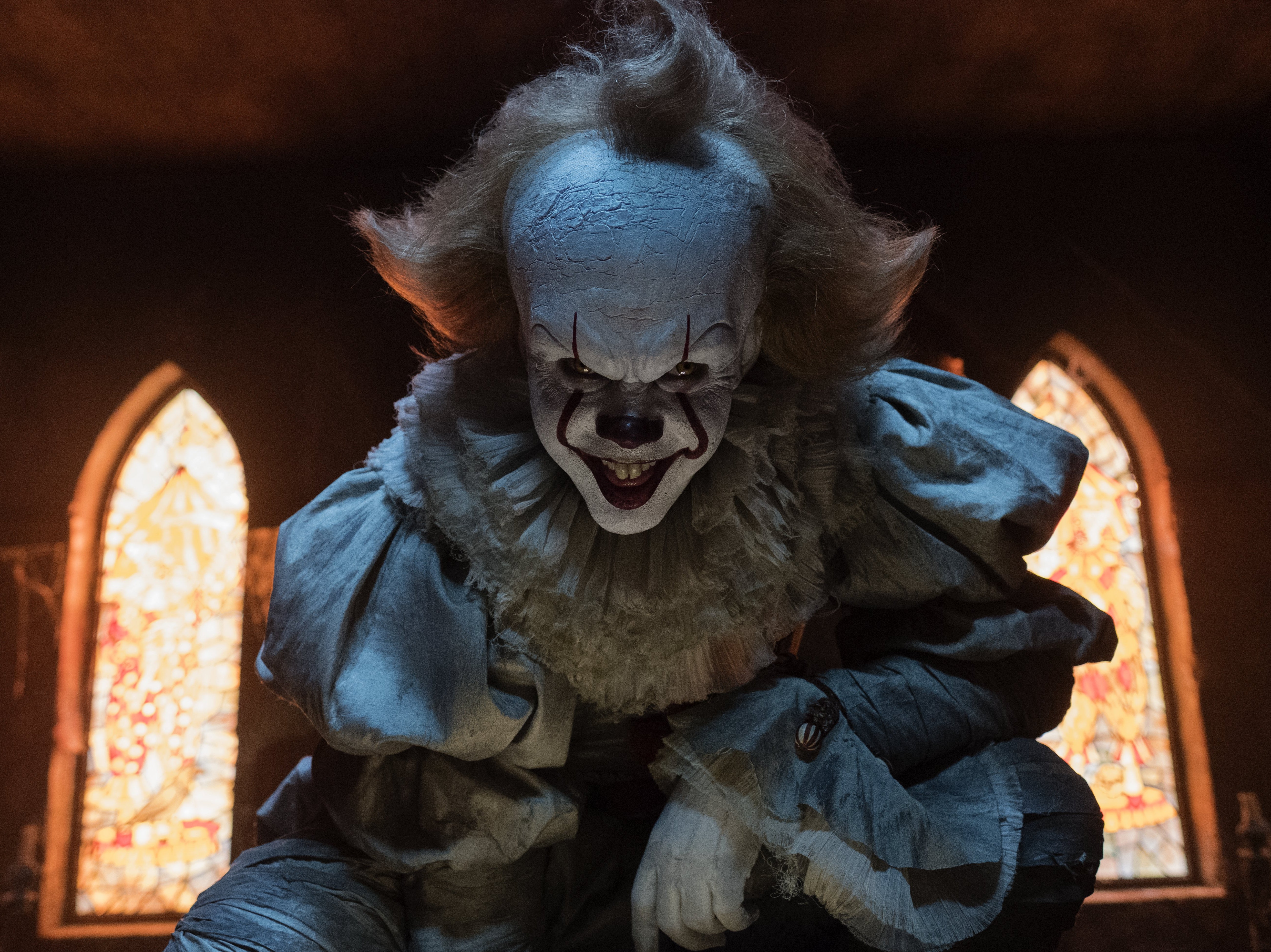
Everyone’s afraid of something. Whether we’re talking about something as arch as killer clowns, or something as commonplace as intimacy, there’s probably not a person alive without some kind of idiosyncratic phobia nestled deep in their subconscious.
Though the trappings of fame and fortune can insulate a person from some of life’s hardships, many celebrities seem to fall victim to unusual – and sometimes even downright bizarre – phobias. Take US TV personality Tyra Banks, for instance, who admitted to a lifelong fear of dolphins (delfiniphobia), which manifested as a recurring nightmare. Or One Direction star Niall Horan, who has confessed to a crippling fear of pigeons – something corroborated by ex-bandmate Harry Styles. “I think pigeons target me,” Horan confessed, after an incident in which one of the feathered fiends flew in through his bathroom window.
There’s a chance Stephen King may be responsible for more nightmares than any other human on the planet, but he himself was not immune to a scare: the Shining author has confessed to having triskaidekaphobia, a fear of the number 13. “When I’m writing, I’ll never stop work if the page number is 13 or a multiple of 13,” he once said. “I’ll just keep on typing till I get to a safe number.”
These and other celebrity phobias are explored in The Book of Phobias and Manias: A History of the World in 99 Obsessions, a new non-fiction book by Kate Summerscale. Walking us through 99 distinct examples of either phobias or manias, the book mixes psychological insight with intriguing case studies – many of which are lifted from pop culture.
Which came first: alektorophobia or ovophobia? (The fear of chickens, or the fear of eggs?) I’m not sure anyone knows, but Alfred Hitchcock claimed to suffer from the latter. “They revolt me,” he told Italian journalist Oriana Fallaci in 1963, before describing the foodstuff with an almost extra-terrestrial sense of repulsion. “That white round thing without any holes, and when you break it, inside there’s that yellow thing, round, without any holes… Brr!”
One of the stranger fears to have been pathologised is taphephobia – a fear of premature burial. Several cultural figures were renowned for this, including composer Frederic Chopin and Hans Christian Andersen, who left a note by the side of his bed every night specifying that he was only sleeping. Brazilian entrepreneur Freud de Melo even constructed an elaborate crypt with “air vents, a fruit pantry, a television and megaphones”, in case of such an eventuality.
Johnny Depp, meanwhile, has spoken about his fear of clowns (coulrophobia). “There always seems to be a darkness lurking just under the surface… a potential for real evil,” he once said. “I guess I am afraid of them because it’s impossible – thanks to their painted-on smiles – to distinguish if they are happy or if they’re about to bite your face off.”
Often, the very idea of phobias comes across as more amusing than sinister. But it’s not always so innocuous. Macaulay Culkin spoke about becoming agoraphobic after the success of Home Alone. Doctors classify agoraphobia as a “complex phobia” (unlike, say, a fear of a particular animal or object), which, per the NHS website, “tend to be more disabling than simple phobias”. “It felt like the buildings were going to eat me,” Culkin told Larry King in 2004. “There was always photographers in the bushes and things like that.” He’s certainly not alone in this fear: Summerscale notes that agoraphobia has become increasingly prevalent during the Covid pandemic, with symptoms often exacerbated in those already suffering.
The artist Salvador Dali had a terrible fear of bugs and insects (entomophobia), and once sliced his back with a razor blade after mistaking a pimple on his back for a tiny flea. (Scarlett Johansson shares a similar ailment, once disclosing to a journalist that she had a mortal fear of cockroaches.)

Some phobias can be detrimental to a celebrity’s career – not least glossophobia, the fear of public speaking. The Book of Phobias and Manias recalls the actor Ian Holm being “paralysed by fright” during a performance of The Iceman Cometh at the Aldwych Theatre in 1976, prompting him to withdraw from stage acting for 15 years.
Sometimes, however, a fear can be boon. Not in an evolutionary sense – though I suppose a healthy fear of grizzly bears must have saved many a prehistoric wanderer. But take Steve Jobs, the late co-founder of Apple. Supposedly, Jobs was said to suffer from koumpounophobia: a fear of buttons. This both resulted in his signature turtlenecked appearance, and – if design engineer Abraham Faraq is to be believed – the buttonless computer mouse which would become a key design feature of his computers.
Roald Dahl suffered from pogonophobia – a fear of beards – and channelled his disgust into literary gold. Mr Twit, the bearded grotesque from his children’s classic The Twits, was one such example; Dahl even wrote an essay on the subject in which he described the facial accessory as “disgusting” and “hairy smoke-screens behind which to hide”. Margaret Thatcher was also said to have shared the affliction, though the cause may have been less congenital and more to do with the beard’s association with counterculture and the political left.
What are we to do with this information? Are we, as a species, doomed to have our lives domineered by fears and neuroses? Maybe not. The bright side of the phobias phenomenon is that they can usually be treated. Whether it’s through exposure therapy, talking therapy (counselling, psychotherapy, cognitive behavioural therapy) or medication, phobias rank among the most successfully treatable mental disorders around. So before you go building a live-in crypt to satiate your fear of burial, maybe try talking it through with someone first.
‘The Book of Phobias and Manias: A History of the World in 99 Obsessions’ by Kate Summerscale is out now, published by Profile Books







